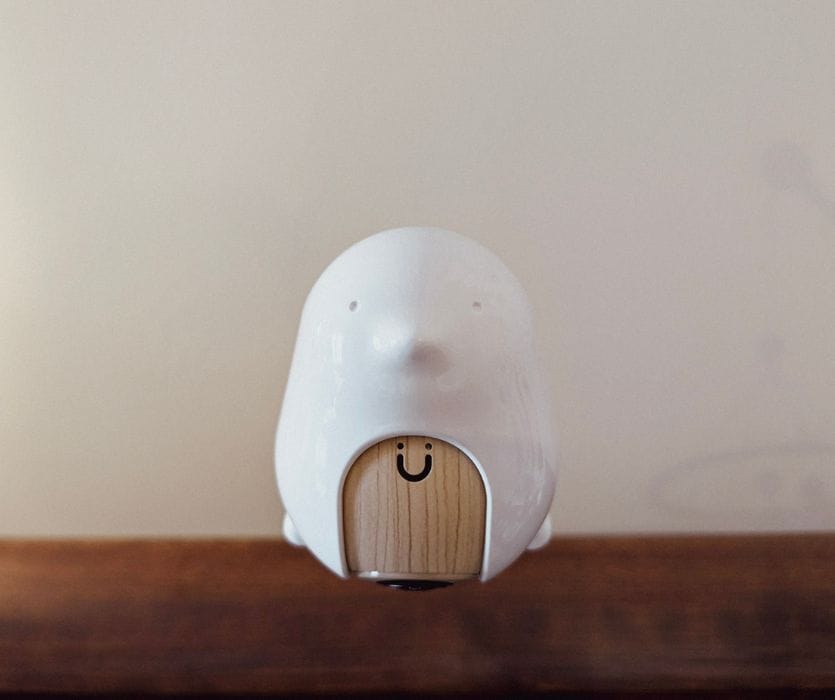Even if you're not an infant sleep expert like me, you probably know that sleep during your baby’s first few months will be pretty crappy. Actually, really crappy. Babies are wired to wake up every 2-3 hours.
What you can be doing to help your baby sleep (and you).
Your main job in these first few months is to heal, rest whenever you can, and help your baby adjust to life on the outside. That looks a lot like sitting around, holding a sleeping baby, feeding a hungry baby, and catching sleep whenever you can.
That’s all.
I thought I was going to do a bunch of home projects when I was on maternity leave. Then I felt lazy because “I couldn’t get anything done.” This was dumb. I got plenty done. My baby ate. My baby and I slept (her more than me…). We went on walks. I iced my wounded undercarriage. My body healed. I had just set unreasonable expectations for myself. The second time around I set achievable goals like “watch the whole Chef’s Life series on PBS” and “go outside.”
That’s a long way of saying that in these first couple of months, there’s not a lot to work on, sleep-wise, but there is one thing you can do:
Teach night and day.
It sounds obvious but your baby has been living in darkness. Now is the time to teach them about night and day.
How this good sleep habit works:
STEP 1: Choose a 12-hour window to be “day.”
We picked 7 am to 7 pm.
STEP 2: During “day” be loud and keep things bright.
If the dog barks, let him. If an older sibling runs around the house screaming like a maniac – super. Try to get outside and let sunlight help set your baby’s circadian rhythm.
STEP 3: During “night” be quiet and keep things dark.
At 7 pm, we turned the lights low and started to whisper. It might seem silly, but this is the beginning of helping your baby choose *not* to party in the middle of the night.
STEP 4: Practice putting your baby down for “bed” at 7 pm.
One of us would heat up dinner while the other put the baby quietly to sleep in the portable crib. That kept our baby close by while we were eating. It was easy to soothe her, she could still smell and sense us nearby, and she got to practice going to sleep in her own bed.
STEP 5: Limit day time napping.
If your baby has slept for 3 hours in a row, go ahead and wake her up to feed her. Your baby might fall right back to sleep (that’s ok), but this helps your baby learn that daytime is for shorter sleep.
STEP 6: Allow for long night time sleeps, if your pediatrician says it’s ok.
If your baby is gaining weight well, at some point your pediatrician will tell you that you can let your baby sleep as long as she will in the night. If you’re really lucky, this might be 4 hours in a row.
The trick is creating good sleep habits from day one.
Over the next 4 or 5 months, you’ll be setting your baby’s sleep patterns. Things like having a consistent bedtime routine, teaching your baby to self-soothe, and practicing calm around sleep times can all help your baby grow to be a terrific sleeper down the line.
While there’s not much you can do (safely) to make your baby sleep for longer stretches in those first few months, there’s plenty you can do to help your future self out. Good sleep habits now will make independent sleep easier down the road.
Our next reco: I Read All The Baby Sleep Books So You Don’t Have To




Leave a Comment